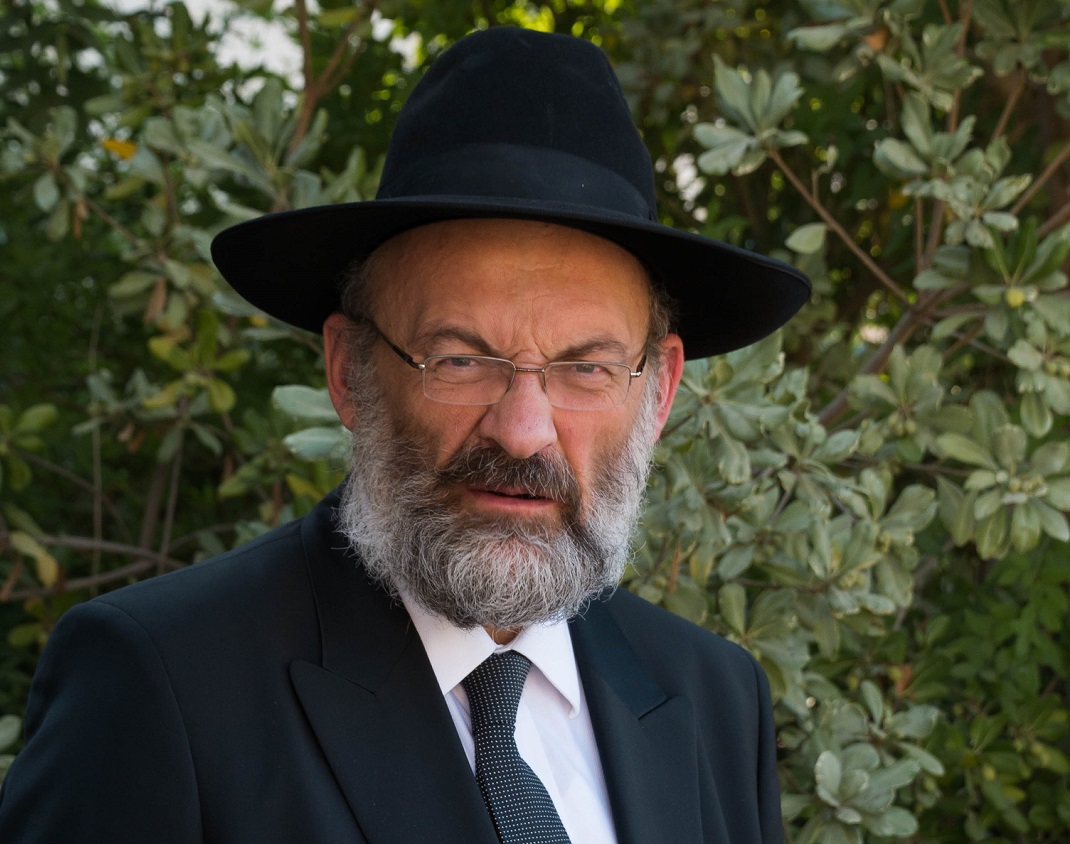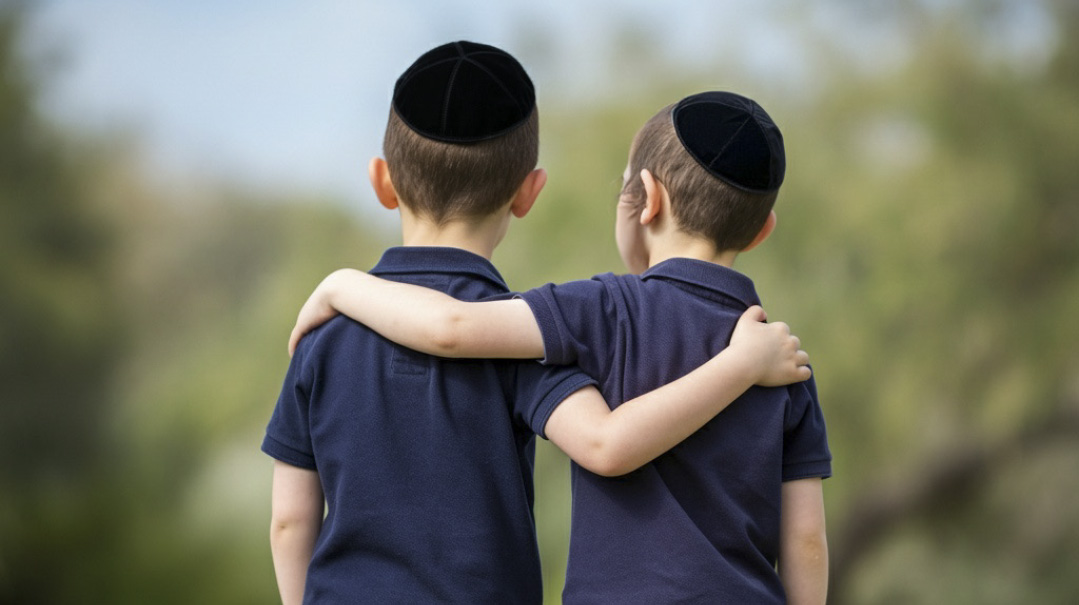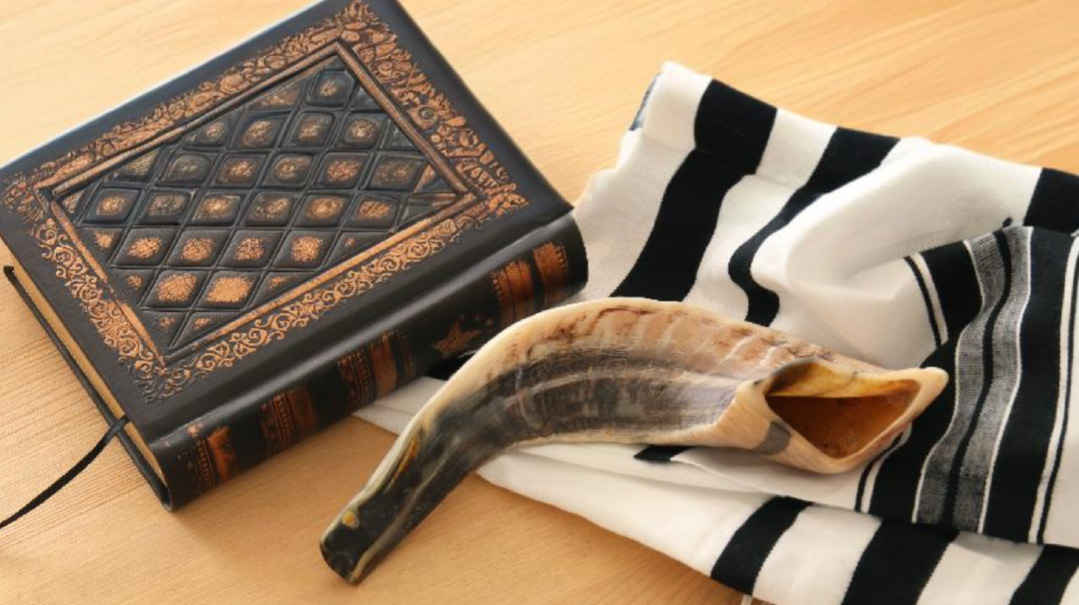Facing the Right Direction

The secret of Jewish marital harmony

It’s getting harder and harder to find a shidduch. There are so many hoops to jump through, so many hurdles to overcome. One might think that any shidduch that successfully passes through this rigorous process must be a match made in heaven. But the sad reality is that the divorce rate in our community is on the rise. It’s getting harder to get married, and harder to stay married. That isn’t a coincidence. The “shidduch crisis” is multifaceted, but I believe many of the problems in shidduchim today actually stem from the “marriage crisis.”
The problems in our marriages are diverse and complex. But from my experience, the root cause of a lot of shalom bayis issues is that our traditional conception of the spousal relationship has been forgotten, or worse, is getting distorted. The relationship between husband and wife is best described as panim el panim, face to face. When two people stand facing each other, they don’t just see each other; they also both perceive how they face each other.
In other words, husband and wife both see each other engaged in and enjoying the relationship. And they both in turn show each other that they’re likewise engaged in the relationship, that they too are “facing” their partner.
This is the Torah’s view of marriage. Like everything in Torah, it’s much more profound than what we could conceive of on our own. We think the secret of marital harmony lies in love, communication, giving to each other. And in fact those things are all essential to the health of the relationship.
But the essence of the relationship is panim el panim. Husband and wife show one another how they enjoy the relationship and want it to grow. Each experiences the double satisfaction of receiving that message, and of seeing the other receiving it. That makes the relationship more fulfilling for both, and strengthens their motivation to invest in it.
This relationship is unique to marriage, and it’s the foundation of the Jewish home. If a marriage is panim el panim, even simple things like giving one’s spouse a gift will take on greater significance. When we give a sibling a birthday present, the point is just to give. We mark the date on our calendar, buy something we think the sibling will like, and as far as we’re concerned the story is over the moment we hand over the gift.
Many people have the same outlook when giving their spouse a gift. They don’t look for the increased closeness the gift should bring. But in the context of panim el panim, the goal of the gift isn’t just to gladden the other person, but to strengthen the relationship. We want to show our spouse that we’re engaged in the relationship. We want the other person to enjoy the experience of us facing them, and face us as well.
The experience of panim el panim makes marriage deeply fulfilling and fortifies the relationship. If it’s lacking, the marriage is on shaky ground. The absolute bond between husband and wife necessitates a deeper level of relationship than each of them has with others — a relationship of panim el panim.
Let me illustrate this with an anecdote. Once a married man came to me, literally crying because he was constantly drawn to other women. He’d tried for years to work on himself, to no avail. He thought I might try to scare him with a vivid description of the flames of Gehinnom. But I didn’t do that. Instead, I gave him very simple, easy advice. I asked him if he calls his wife in the course of his work day. He said he calls his wife during his lunch break. I advised him to call home a few times during the day, at random times. Surprise your wife.
He said, “I won’t know what to talk about.”
I told him he doesn’t have to say much, just listen to how his wife enjoys the unexpected attention. He tried it out, and soon came back to thank me for changing his life.
I didn’t know the man, but I knew one thing for certain. He’d never experienced the unique relationship of panim el panim he could only have with his wife. If he had experienced how it felt to see his wife facing him, he’d see that he had something at home that he couldn’t find anywhere else. When someone realizes that his marriage is a deeper and more fulfilling relationship than any other could possibly be, he won’t be drawn away. When you’re panim el panim, when you’re turning toward your spouse, you won’t want to turn away. And all it took was a few phone calls for this man to discover that. But so many people are married for decades without ever making that discovery. They may be faithful, but the missing depth of their relationship causes endless problems.
When people’s concept of marriage is skewed, their approach to dating will also be misguided. They’re simply heading in the wrong direction. Especially in America, it’s considered acceptable or even conventional to request a photo before the first date. Many rabbis have pointed out how this practice is foolish and detrimental. It doesn’t accomplish anything; a person has a natural grace you just can’t capture with a snapshot. A picture won’t show the deeper aspects of a person’s holistic beauty that come through in a real meeting. And it forces young people, especially girls, to compete for dates as if they were contestants in a beauty pageant.
But there is a much more fundamental issue at stake. When you go on a date, you’re looking to find a partner to build a relationship of panim el panim. That relationship brings fulfillment you can’t find anywhere else. In the context of that relationship, you perceive a person’s appearance in a new light. If you’re simply rating a person’s attractiveness, whether from a photo or in person, your judgment is based on purely physical attributes. But when you’re looking at the other person’s panim, you don’t only see a face; you see how the person is facing you. That person’s appearance then becomes more pleasant in your eyes.
Once a bochur consulted me after a first date. He said she was a very nice girl, and he felt comfortable with her, but one thing really bothered him — she had a really long neck. I advised him to go out again, and see if it bothered him less. After the second date, he said it was a little better. After the third date, he said her neck wasn’t really so long after all. Soon they became engaged.
Shortly thereafter I saw the two of them walking together. Believe me, I never saw such a long neck in my life. But her young chassan was looking not just at her, but at her panim, how she enjoyed conversing with him, how excited she was to see him. How tragic it is that so many people only see their partner’s face, and they never see their panim, the other person facing them.
If we solidify our concept of marriage, we’ll help not only our marriages; we’ll help young people approach the road to marriage in the proper way. If we understand the secret of panim el panim, we’ll make sure we’re facing in the right direction.
(Originally featured in Mishpacha, Issue 850)
Oops! We could not locate your form.













